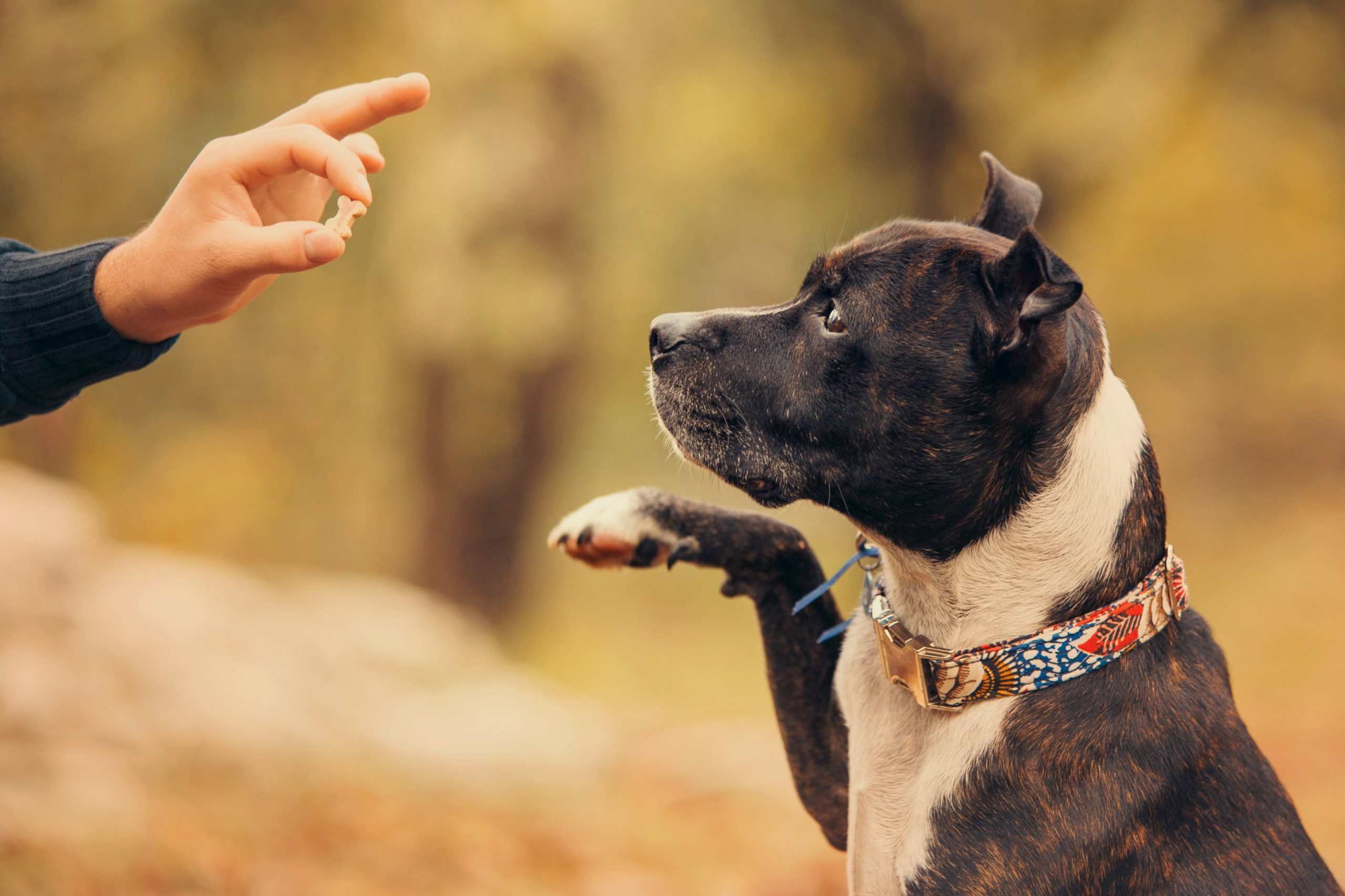Your dog’s behavior, habits, and temperament depend on you and your knowledge of dog training. The moment chooses your four-legged friend, its future begins. The clock is running fast, and there is no time to waste. The moment your puppy comes home, within the span of three months, your puppy needs to meet six primary targets to achieve its full potential.
The Five Primary Targets
Meeting these targets will determine your life together with your furry friend.
1. Your Dog Training Education
Before your search begins for your wet-nosed buddy, you must know:
- What breed of dog will suit your lifestyle
- Where to get your puppy
- When to take it home
Getting a puppy or dog should not be done on impulse, but rather an educated choice. You will be responsible for the dog’s life for as long as it lives. Be wise with your decision.
Along with making the informed decision, you must also:
- Familiarize yourself with the six primary targets
- Review this book and preferably other sources too
- Observe the dog breed of your choice by searching online, there are plenty of forums and informative websites on specific breeds. You can also find information in your local library and pet store
Your life together depends on your choice and your knowledge.
2. Evaluating Your Puppy’s Progress
Before you select your puppy (typically eight weeks old), you must:
- Select a good breeder
- Choose a dog that you feel a connection with
- Know how to assess a puppy’s behavioral development
- Errorless Housetraining
Before you take your new puppy home, you must ensure that on the very first day your new dog comes home you will start teaching it:
- Errorless Housetraining
- Chew toy training
What your puppy learns during the first week in its new home will set its character and habits for the years to come.
3. Socialization with People
When your puppy is 12-weeks old, it will be ready to enjoy the company of other dogs and people. By this time, its series of immunization is complete and it is safe to introduce and let it meet new people at home.
Ideally, your puppy must have already met many different people before you take it back home so that the pup is used to be around humans and being handled by them.
4. Bite Inhibition
By 18 weeks old, your dog’s teeth and jaws can harm and hurt. It must be taught to use these weapons gently with other animals and people. Most dog professionals would recommend that you enroll your puppy in a bite inhibition class before its 18th week.
5. Preventing Adolescent Problems
By 5-months old onwards, you must ensure that your dog learns to be:
- Well-schooled
- Well-rounded
- Remains mannerly
- Well-socialized
- Friendly
You need to ensure your dog meets unfamiliar people and dogs on a regular basis.
- Walk your puppy at least once a day
- Take it for rides in the car
- Visit your friends
You can start walking your furry friend as soon as your vet says it’s safe. It will ensure that your pooch is properly socialized with other dogs and humans and able to adapt to unfamiliar noises and places. Your puppy will be less anxious when it meets something or someone new.

